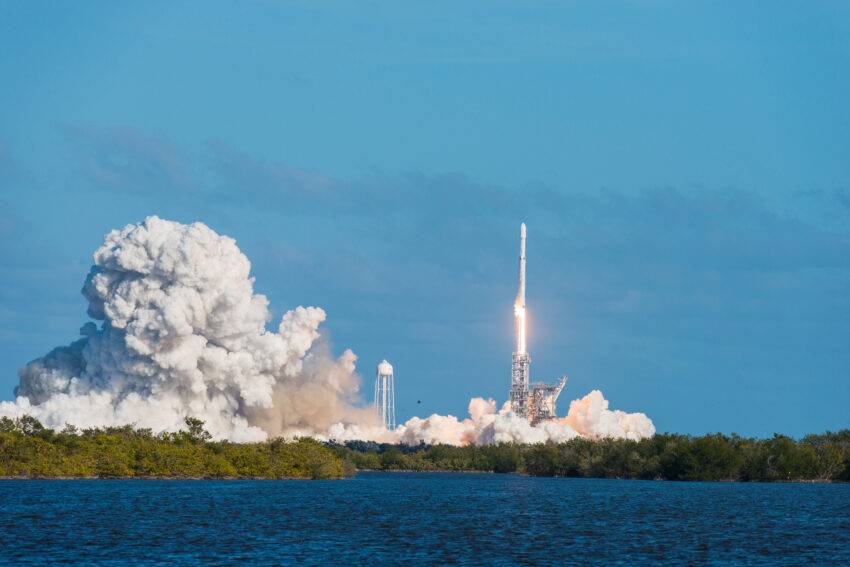SpaceX has launched the first set of Starlink satellites capable of providing network coverage directly from space to standard smartphones in a service designed to eliminate global “dead zones”.
Elon Musk’s space business signed deals with a series of wireless carriers in 2022 to launch the service: T-Mobile US confirmed yesterday that the first six satellites were in low-Earth orbit after being deployed from a Falcon 9 rocket.
The direct-to-cell service will begin with text messaging, with data and voice calls added from 2025. Canadian operator Rogers, Australia’s Optus, KDDI from Japan and One New Zealand have also signed up.
Dr Sara Spangelo, director of satellite engineering at SpaceX, said the launch was “an exciting milestone” for the company to demonstrate its technology, which would be scaled up “rapidly” with partner operators around the world.
The company said that more than half a million square miles in the US alone, and vast stretches of ocean around the planet, are unreachable by terrestrial network coverage.
Mike Katz, at T-Mobile US, said: “This is another step forward in keeping our customers connected even in the most remote locations as we work to make dead zones a thing of the past.”
SpaceX’s high frequency and relatively low cost has made it the world’s dominant launch company. Musk, its founder and chief executive, claimed that it had carried 80 per cent of all the mass lifted into orbit last year.
